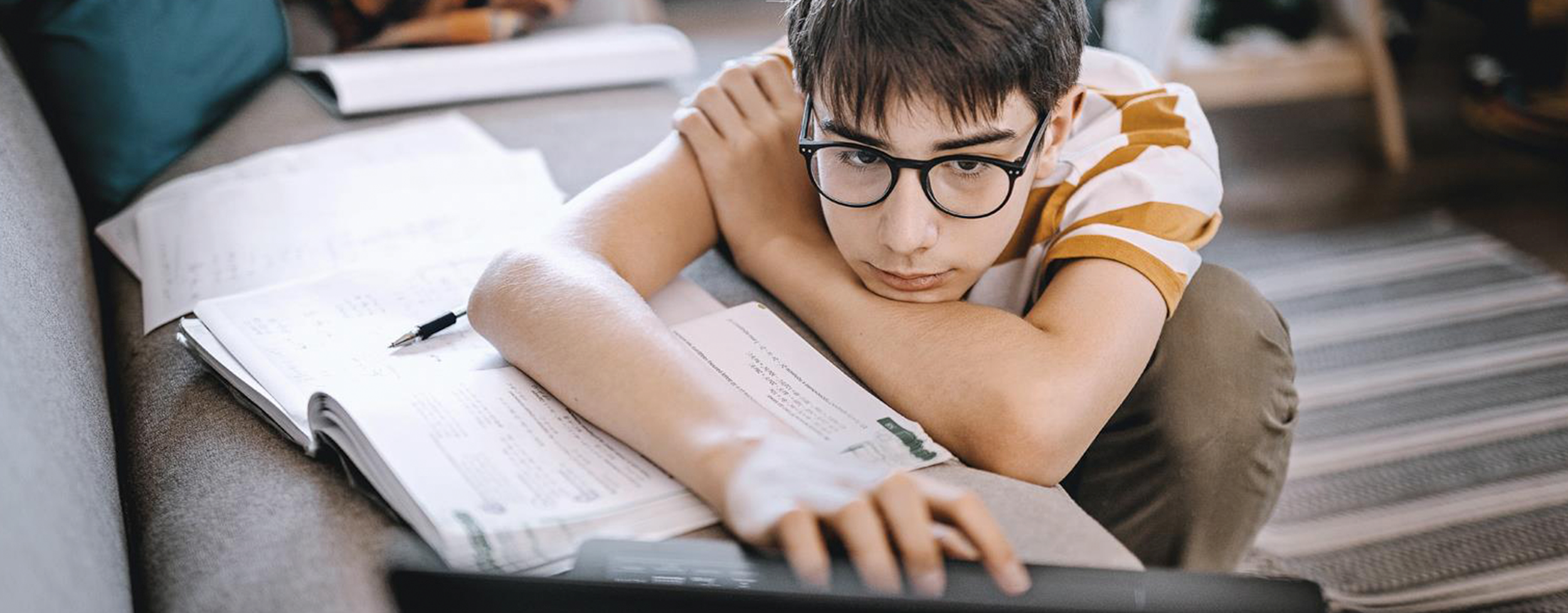Teacher Survey: Learning Loss is Global—and Significant
While the education response to the COVID-19 pandemic has varied widely, teachers agree on the high cost of remote learning, especially for vulnerable students.Although teachers around the world have different styles and standards for learning, there is one thing on which they seem to agree: a computer is no match for a classroom as a place for kids to learn. While many continue to teach students online because of the COVID-19 pandemic—and may be understandably reluctant to return to in-person instruction until they feel safe—the majority of those polled in a new McKinsey survey said that the remote learning experienced over the past year is a poor substitute for being back in the classroom. We asked teachers in eight countries to rate the effectiveness of remote learning when it was first rolled out in response to school shutdowns between March and July of 2020. They gave it an average score of five out of ten. The grades were especially harsh from teachers in Japan and the United States, where nearly 60 percent rated the effectiveness of remote learning at between one and three out of ten. That barely beats skipping school altogether. While the quality and support systems around remote learning have likely improved since the start of the pandemic, this is still a striking indictment.
COVID-19 has induced the largest remote learning experiment in history. Faced with a deadly threat, policy makers had to make decisions in the face of significant scientific uncertainty. While legitimate public health concerns led to school closures, our research suggests that students have paid a heavy price in lost learning. There is also emerging evidence that the stress and isolation of online learning is contributing to mental health issues among young people. Remote classes have improved as schools adopt best practices but remain difficult for students who struggle with issues such as learning challenges, isolation, or a lack of resources.
In this article, we examine the impact of remote education on student learning through the perspective of teachers on the front lines who see the results every day. Few players are more important in deciphering the long-term impact of this protracted learning experiment. Teachers have a deep firsthand knowledge of what their students are absorbing in class—real or virtual—in a way that parents and policy makers can’t always measure. From missed assignments to falling test scores, teachers see the disengagement and learning loss, the effects of which could hurt the economic wellbeing of some students for life. Many also know from experience what factors can help children catch up in academic performance.

